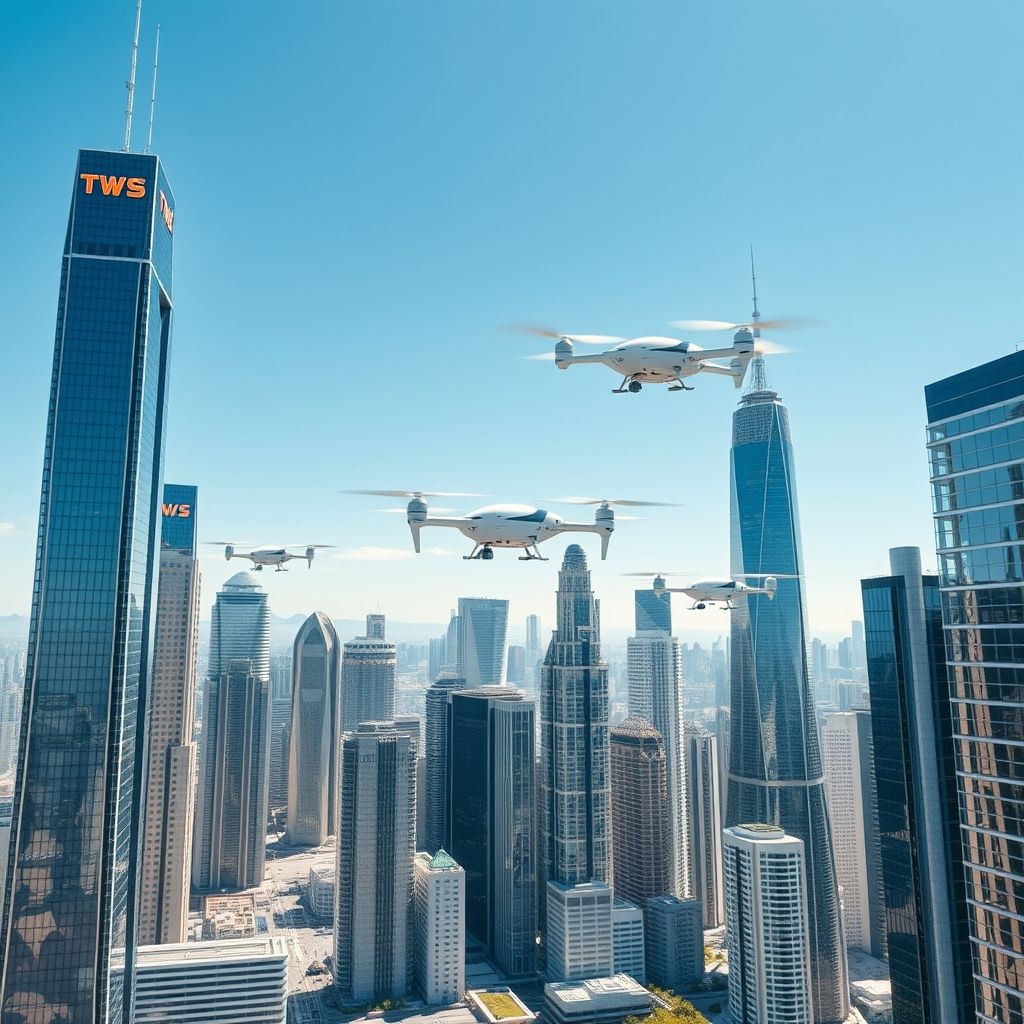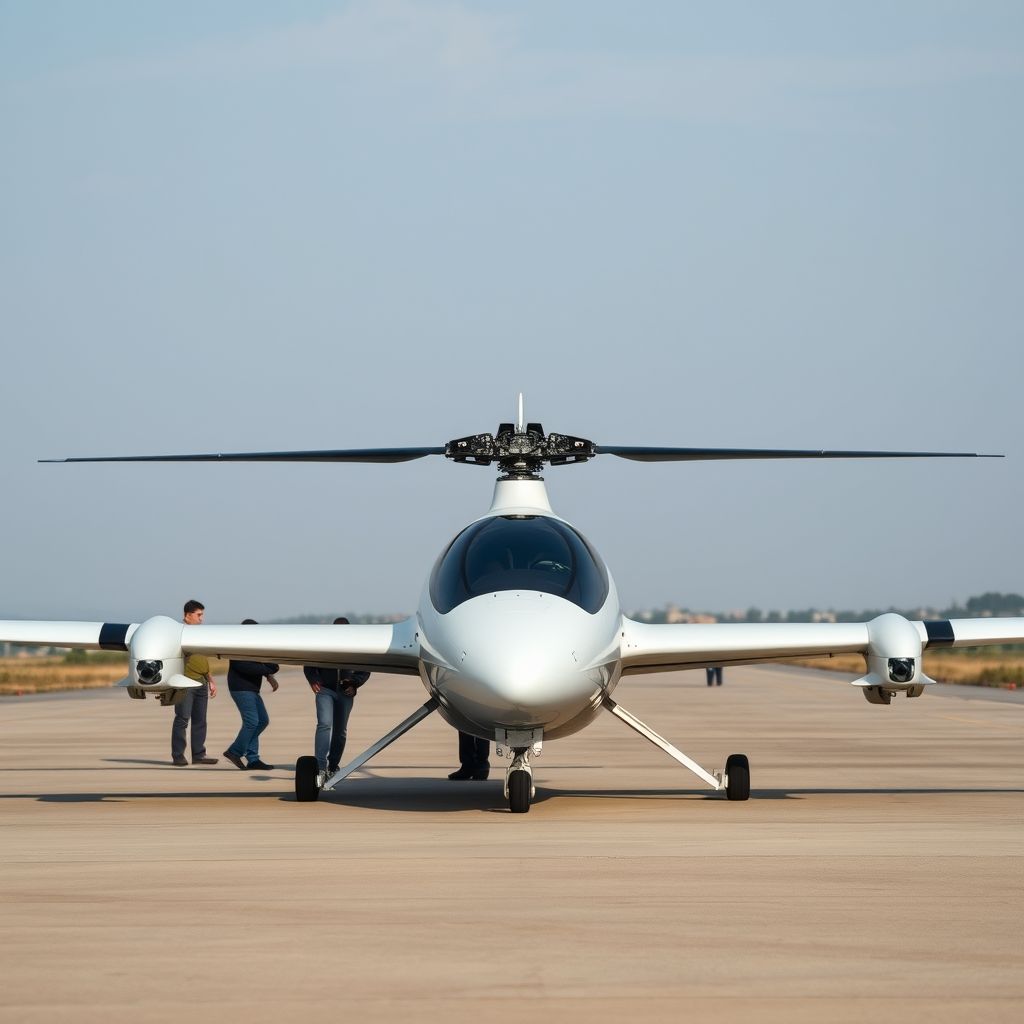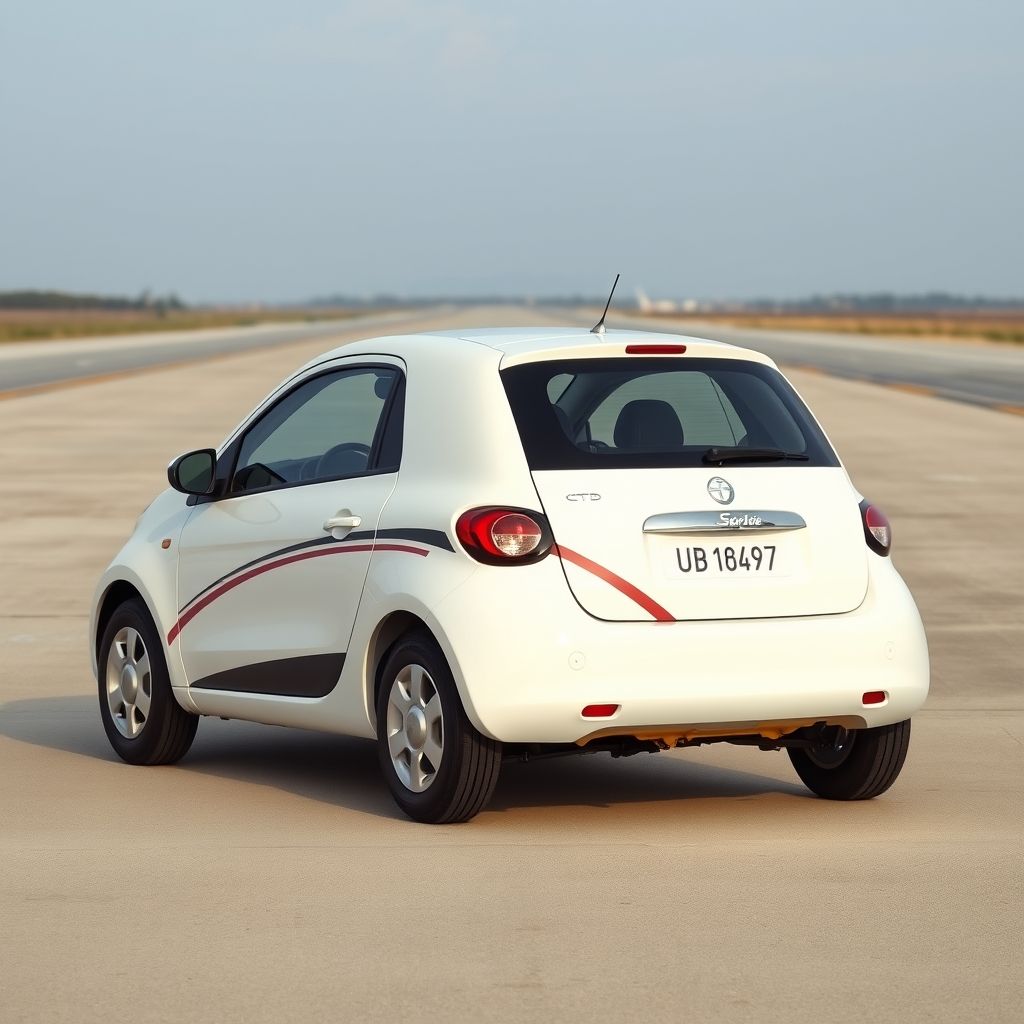Table of Contents
Are We There Yet? The Lingering Dream of the Flying Car
Ever found yourself stuck in bumper-to-bumper traffic, gazing wistfully at the open sky and wondering, “Seriously, where is my flying car?” It’s a vision cemented in our collective imagination by decades of science fiction, from The Jetsons to Blade Runner. We’ve dreamt of soaring over gridlock, trading asphalt jungles for airy commutes. But transitioning that dream from silver screen fantasy to everyday reality? Well, it’s proving a tad more complex than just bolting wings onto a hatchback.
The idea sparks immediate questions. How would they take off? What about air traffic control? Do you need a pilot’s license, or will they fly themselves? And maybe, just maybe… should they come with a parachute as standard?
So, what’s the verdict in 2024 and beyond? Are flying cars finally shedding their fictional skin, or are they destined to remain just over the horizon? As we’ll explore, the answer hinges quite a bit on how we define “flying” and, perhaps more importantly, “car.”
Speaking of quick takes on big questions, this little short captures the essence of our sky-high dilemma:
What Exactly Is a “Flying Car” Anyway?
The term “flying car” itself is a bit of a misnomer, often causing confusion. When most people imagine one, they picture a vehicle capable of seamlessly driving on roads and taking to the skies. While a few concepts aim for this dual capability (more on those later), the real momentum and investment lie elsewhere.
Enter the eVTOL (electric Vertical Takeoff and Landing) aircraft. These are, essentially, large drones or small electric aircraft designed primarily for flight, typically within urban or regional areas. They take off and land vertically like helicopters but aim to be significantly quieter, cheaper, and more environmentally friendly thanks to electric propulsion.

Most eVTOLs are not designed to be driven on roads. Think of them less as flying cars and more as air taxis or personal air vehicles – a new category of transport altogether, forming the backbone of what’s called Urban Air Mobility (UAM).
The Reality: eVTOLs Leading the Charge
This is where things get exciting. The eVTOL sector isn’t just science fiction; it’s a burgeoning industry attracting billions in investment and involving serious aerospace players and ambitious startups. Here’s a glimpse of the progress:
- Prototypes & Test Flights: Companies like Joby Aviation, Archer Aviation, Wisk Aero (backed by Boeing), EHang, Lilium, Vertical Aerospace, and many others have developed full-scale prototypes. These aircraft are actively undergoing rigorous flight testing, logging thousands of hours in the air.
- Technological Advancements: Leaps in battery energy density, distributed electric propulsion (using multiple small rotors for efficiency and safety), advanced flight control systems, and lightweight composite materials are making eVTOLs feasible.
- Certification Hurdles: Gaining certification from aviation authorities like the FAA (Federal Aviation Administration) in the US and EASA (European Union Aviation Safety Agency) is the critical next step. Companies are working closely with regulators, and while the process is complex and time-consuming for this new class of aircraft, significant progress is being made. Joby and Archer, for instance, are aiming for commercial operations within the next few years.
- Infrastructure Development: Concepts for “vertiports” – dedicated takeoff and landing pads, often integrated into existing airports, city centers, or new developments – are being designed and, in some cases, trialed.

The Fiction (or rather, the Remaining Hurdles)
Despite the exciting progress, claiming flying cars (or eVTOL air taxis) are fully “real” for the average person is premature. Significant challenges remain:
- Air Traffic Management: How do you safely manage potentially hundreds or thousands of low-altitude aircraft over a city? Developing sophisticated, largely automated Unmanned Traffic Management (UTM) systems is crucial and complex.
- Safety & Redundancy: Ensuring safety levels equivalent to or better than commercial aviation is paramount. This involves multiple redundancies in propulsion, power, and flight control systems. Public perception of safety will be key to adoption.
- Noise Pollution: While quieter than helicopters, eVTOLs still generate noise. Ensuring acceptable levels for urban environments is vital.
- Battery Limitations: Current battery technology limits the range and payload capacity of eVTOLs. While improving, breakthroughs are needed for longer routes and higher passenger/cargo loads.
- Infrastructure Costs: Building a network of vertiports, charging stations, and maintenance facilities requires substantial investment.
- Weather Limitations: Like small aircraft and drones, eVTOLs will likely be more susceptible to adverse weather conditions (high winds, icing, heavy rain) than traditional airliners.
- Cost & Accessibility: Initially, eVTOL services will likely be premium offerings, similar to helicopter services today. Making them affordable for the masses will take time and scale.
- Pilot Training & Autonomy: While many designs plan for eventual autonomous operation, initial services will likely require pilots. Training pilots for these new aircraft types adds another layer of complexity and cost. Fully autonomous flight faces significant regulatory and technological hurdles.

What About Cars That Actually Fly (Roadable Aircraft)?
While eVTOLs dominate the headlines, a few companies are still pursuing the original “roadable aircraft” dream – vehicles certified for both road and air travel. Examples include:
- PAL-V Liberty: A Dutch company developing a gyrocopter-car hybrid. It requires a runway for takeoff and landing.
- Terrafugia Transition (Acquired by Geely): Designed as a light sport aircraft with foldable wings, allowing it to be driven on roads.
- Samson Sky Switchblade: A three-wheeled vehicle where the wings and tail swing out for flight mode.
These concepts face unique challenges, often involving compromises in either driving or flying performance, weight limitations, regulatory complexity (meeting both road and air standards), and the need for runways or airstrips. They represent a fascinating niche but are unlikely to become the mainstream solution for urban air mobility.

Conclusion: Reality is Taking Flight, But Not Quite The Jetsons Yet
So, flying cars: reality or fiction? The answer is nuanced.
Reality: The technology for electric vertical takeoff and landing (eVTOL) aircraft is rapidly maturing. Significant investment, serious engineering, and regulatory engagement are pushing these air taxis closer to operational reality. We will likely see limited commercial eVTOL services (think airport shuttles, short regional hops) launching in some cities within the next few years.
Fiction (for now): The idea of everyone owning a personal flying car that replaces their road vehicle, parked in their driveway, and capable of zipping around autonomously remains firmly in the realm of science fiction for the foreseeable future. The technical, regulatory, infrastructural, and economic hurdles are simply too high for widespread personal adoption anytime soon.
The future of urban and regional air travel is undoubtedly exciting, with eVTOLs poised to create a new dimension of transportation. It might not be the exact future we saw in cartoons, but progress is happening. The sky is, slowly but surely, opening up.
Frequently Asked Questions (FAQs)
Q1: When will I be able to ride in a flying car (eVTOL air taxi)?
A: Several companies are targeting commercial launch dates between 2025 and 2027 in specific launch cities, pending final regulatory approvals. Initial services will likely be limited routes, such as airport connections.
Q2: How much will it cost to fly in an eVTOL?
A: Initially, expect costs to be comparable to or slightly higher than current ride-sharing premium services or helicopter rides. As the technology scales and operations become more efficient, prices are expected to decrease, potentially becoming competitive with ground-based taxis for certain routes.
Q3: Are flying cars / eVTOLs safe?
A: Safety is the absolute top priority. These aircraft are being designed to meet or exceed the rigorous safety standards of commercial aviation, incorporating multiple redundancies in critical systems. Certification by bodies like the FAA and EASA is a mandatory and exhaustive process focused on ensuring safety.
Q4: Will they need a pilot, or will they be autonomous?
A: Most initial operations will have a pilot onboard. While the long-term vision for many companies includes full autonomy to reduce operating costs and increase scalability, the technology and regulations for pilotless passenger flights are still under development and likely many years away.
Q5: What’s the difference between a flying car and an eVTOL?
A: Generally, a “flying car” implies a vehicle that can both drive on roads and fly. An eVTOL is an aircraft (usually electric) that takes off and lands vertically, designed primarily for flight as an air taxi or personal air vehicle, and typically not intended for road use.


